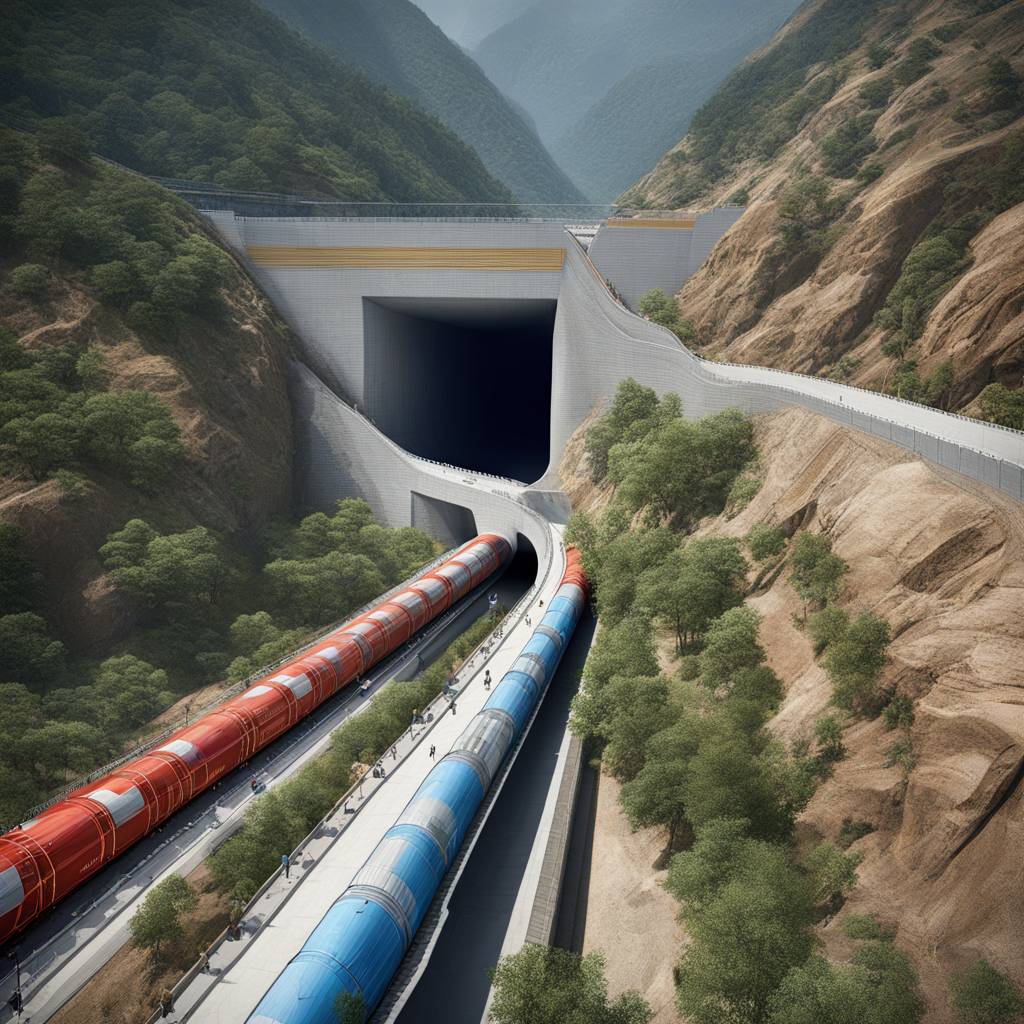The inauguration of India’s Sela Tunnel, located at an altitude of over 13,000 feet, has sparked tensions between India and China. The tunnel, which allows secure troop movement and enhances all-weather connectivity to the Tawang region in Arunachal Pradesh, is a crucial project for India. China, which claims Arunachal Pradesh as part of “South Tibet,” has been involved in a long-standing border dispute with India. The opening of the tunnel signifies India’s efforts to strengthen its presence in the region, where it had lost the war to China in 1962.
The Line of Actual Control, a 2,100-mile-long disputed border that divides India and China, has been a focal point of tensions between the two countries. The Sela Tunnel, costing about $99 million to construct, is part of a critical road network linking Tezpur in Assam with Tawang in Arunachal Pradesh. This road network is essential for ensuring year-round mobility for both defense and civilian vehicles in the remote areas of West Kameng and Tawang. Historically, access to Tawang was restricted during winter months due to heavy snowfall at Sela Pass, but the completion of the Sela Tunnel now guarantees uninterrupted access to the region regardless of the season.
Since June 2020, India and China have been engaged in a military standoff that began with clashes in eastern Ladakh, resulting in casualties on both sides. The opening of the Sela Tunnel further escalates tensions between the two countries, with China expressing opposition to India’s infrastructure development in the disputed region. China has lodged a diplomatic protest over the inauguration of the tunnel by Prime Minister Narendra Modi in Arunachal Pradesh. The United States has also weighed in on the issue, supporting India’s claim over Arunachal Pradesh and opposing any unilateral attempts by China to advance its territorial claims through incursions or encroachments.
The completion of the Sela Tunnel has raised concerns in China, as India’s enhanced infrastructure in the region strengthens its military capabilities and strategic presence near the border. The tunnel, along with the Nechiphu Tunnel, forms a crucial part of the Balipara-Charduar-Tawang road, facilitating easier troop movement and bolstering India’s defenses in the area. China’s objections to India’s inauguration of the tunnel highlight the ongoing tensions between the two countries over territorial disputes and border incursions. Despite diplomatic protests from China and criticism from the U.S., India remains committed to enhancing its infrastructure and military preparedness in the region.
The Sela Tunnel project, initiated by Prime Minister Modi in 2019, has significant implications for India’s defense and connectivity in the strategically important Tawang region. The tunnel not only enhances troop movement and all-weather access but also underscores India’s determination to secure its territorial integrity in the face of Chinese claims over Arunachal Pradesh. The completion of the tunnel signifies India’s resolve to strengthen its infrastructure and strategic capabilities along the border, despite objections and protests from China and other countries. The Sela Tunnel serves as a symbol of India’s efforts to assert its presence in the region and safeguard its interests amid ongoing border tensions with China.



